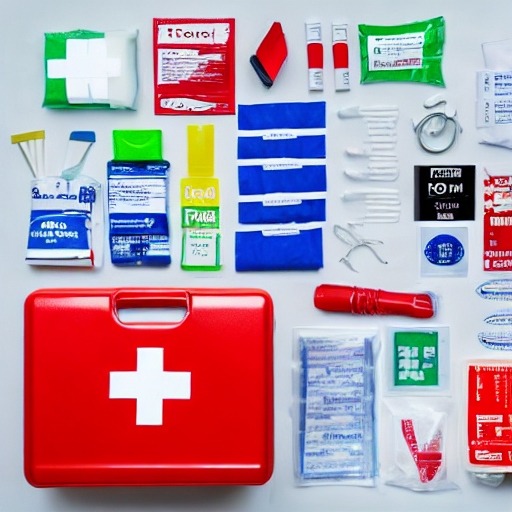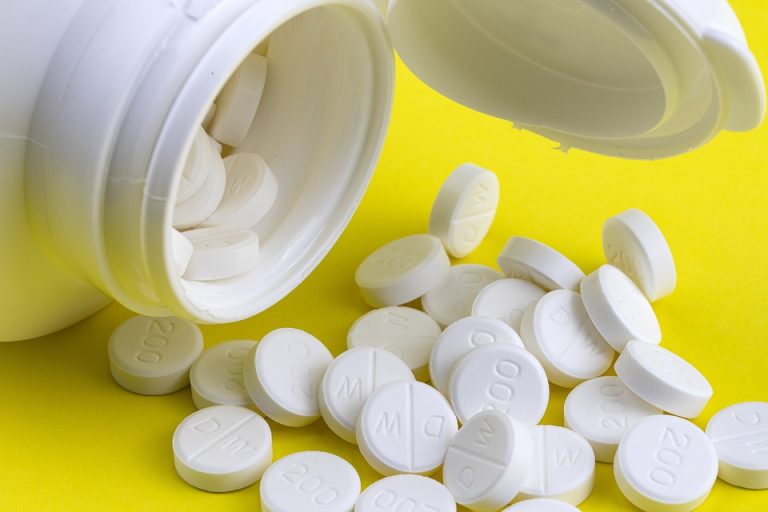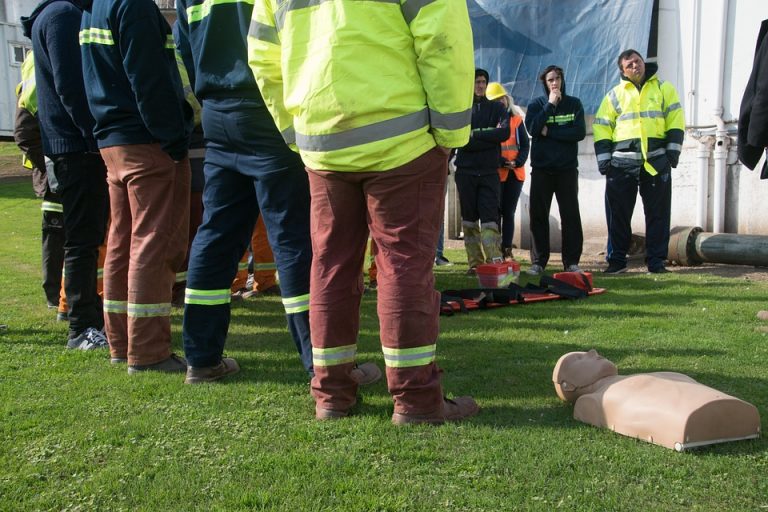In the face of unexpected emergencies, having a well-equipped first aid kit can make all the difference. While pre-assembled kits are available, they can be pricey. However, with a little planning and creativity, it’s entirely possible to build a comprehensive emergency first aid kit on a budget. Whether you’re an outdoor enthusiast, a budget-conscious individual, or simply preparing for any unforeseen circumstance, here’s a practical guide to creating an effective first aid kit without breaking the bank.
Assess Your Needs

Begin by considering the potential emergencies you might encounter. Assess the most common injuries or health concerns in your household or the environments you frequent. This step will help you focus on the essentials and avoid unnecessary purchases.
Start with the Basics
Gather fundamental items that serve as the backbone of any first aid kit. These typically include adhesive bandages, gauze pads, medical tape, antiseptic wipes, and a pair of scissors. These items are affordable and can be found in most general or online stores. Buying them in bulk can also help you save money in the long run.
Explore Multi-Purpose Items
Opt for items that serve multiple purposes. For instance, consider including a tube of antibiotic ointment that can be used for minor cuts, scrapes, and burns. Similarly, a multi-use tool such as a Swiss Army knife can provide an array of functions from cutting to opening bottles and cans. These versatile items can reduce the need for purchasing separate, specialized tools.
Utilize Household Items
Raid your household for everyday items that can be repurposed for first aid. Old clean cloths, towels, or bedsheets can be cut and used as improvised bandages. A clean sock can serve as an emergency container for ice or a cold pack. Reusing these items not only saves money but also encourages sustainability.
Generic Medications and OTC Drugs
Stock up on generic medications and over-the-counter drugs. Generic versions of pain relievers, antihistamines, and stomach medications are often more affordable than brand-name counterparts but provide the same benefits. Consider stocking up on prescription drugs if applicable to your situation. Be sure to check the expiration dates regularly and replace any expired medications promptly.
DIY Solutions
Consider creating your own solutions for certain medical needs. For example, you can make a homemade saline solution for cleaning wounds, while a mixture of baking soda and water can be a quick remedy for insect bites. Reliable recipes can be found online and can be cost-effective alternatives to store-bought solutions.
Stay Organized and Keep it Portable
Use a compact, portable container to keep all your items organized and easily accessible. A small, durable plastic container or a resealable waterproof bag can be an excellent choice. Organize the items in compartments or smaller bags to keep everything tidy and easily identifiable during emergencies.
Educate Yourself
Remember that even the most well-equipped first aid kit is only as effective as the knowledge behind it. Educate yourself and your household members on basic first aid techniques. Many online resources and local community centers offer free or low-cost first aid training, which can be invaluable during critical situations.
Creating an emergency first aid kit on a budget doesn’t have to be daunting. Remember, the goal is to have the essential supplies ready for any emergency without overspending. Invest in practicality and multi-functionality, and stay informed about the basics of first aid. With these tips, you can confidently build an emergency first aid kit on a budget that could potentially save lives in critical situations.



